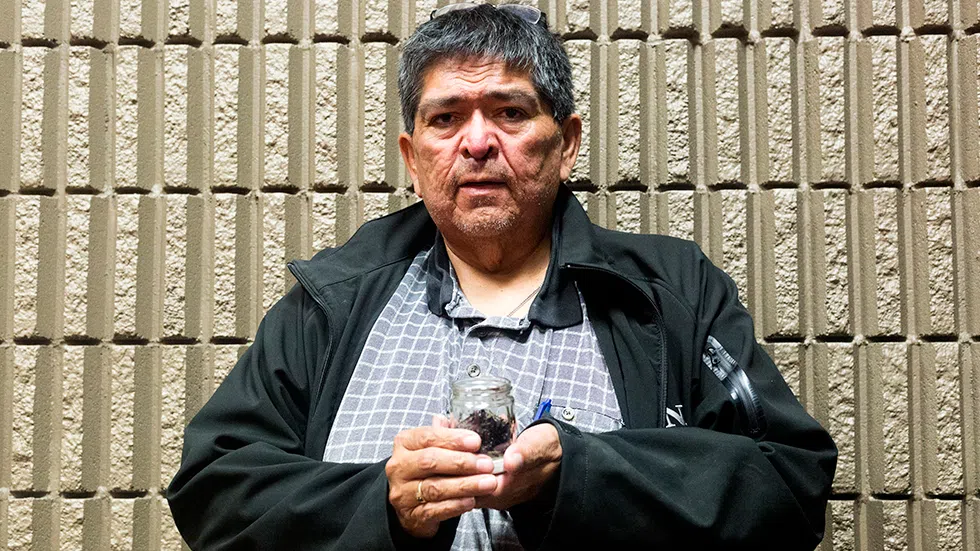
Idle No More presents findings in Prince Albert
Concerned residents from Prince Albert and surrounding area, had a chance to hear results from an independent analysis of water collected from the North Saskatchewan River.
Idle No More’s independent water assessment results were made available to the public on September 2. Those results were broken down and explained to Prince Albert residents in a presentation hosted at the John M. Cuelenaere Public Library by Ricardo Segovia, a hydrogeologist from Vancouver.
The city of Prince Albert recently announced intakes to the North Saskatchewan River have been turned on, a move which gave rise to questions regarding water safety. Although officials will continuously monitor the water, Segovia suggested back up measures.
“I would put a carbon filter on my showerhead and also where I’m going to be taking my drinking water,” Segovia said. “Because if that stuff gets on your skin, because it’s an organic contaminant, it also absorbs in your skin.”


